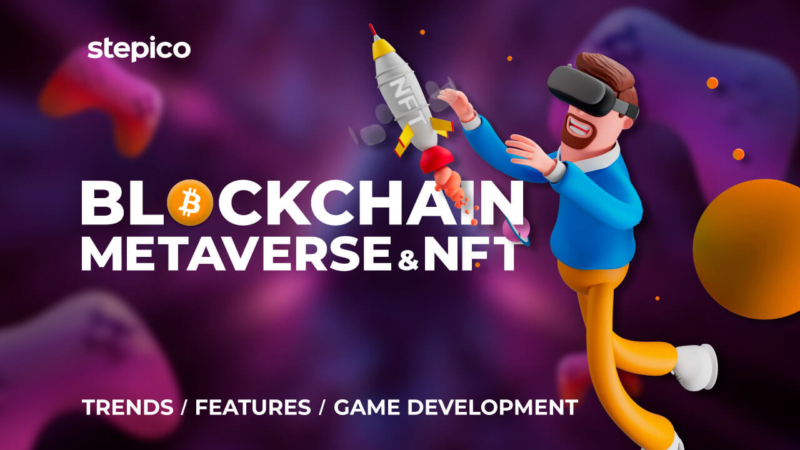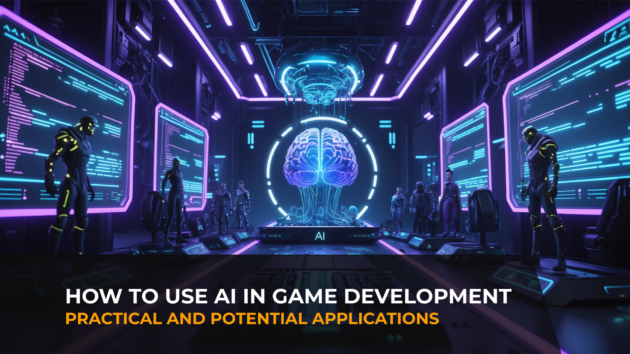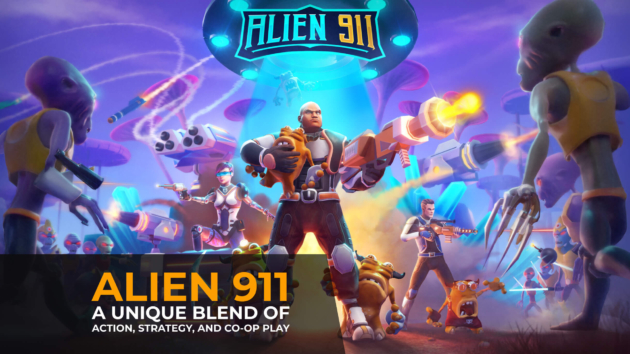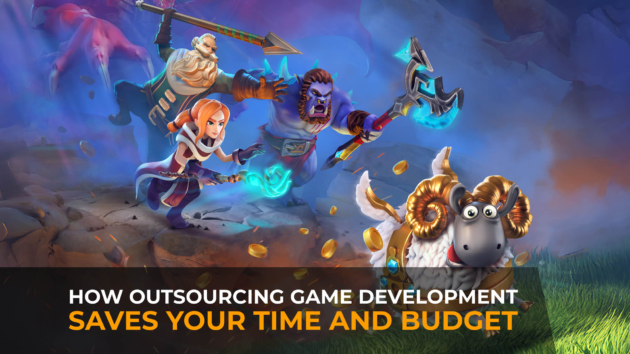The development of games with metaverse, NFT, and blockchain technologies is now on everyone’s lips. This is unsurprising, as such games are something new that gives an entirely different gaming experience. NFT metaverse games gather from 65,000 to 690,000 players each month!
The creation of NFT metaverse games is expected to become a significant income source for game developers and players. That’s why it’s crucial to jump in while blockchain and metaverse technologies are gaining momentum. This will give you a competitive edge over your rivals.
Here’re insights from Stepico experts to familiarize you with this new trend and help you prepare for the battle.
What Are Blockchain, NFT, and Metaverse?
To comprehend how they relate to one another and can be used in game development, you should first have a fundamental knowledge of blockchain games, NFTs, and the metaverse. All of them are united by one thing – blockchain technology.
Blockchain is a highly-protected database shared among a user base, allowing all users to access the most recent data simultaneously. Blockchain technology prevents fraud as it doesn’t allow for the records to be deleted or changed after it has been created. Secure information sharing is what blockchain is loved for.
NFTs provide a broad spectrum of digital items, including artwork, fun memes, and in-game stuff. Users have the option to claim ownership of their acquired goods, which gives them the opportunity to market them and get real money. Games with NFT differ from traditional ones, where all collectibles belong solely to the game owners and can’t be used outside the game.
As for the metaverse, this term refers to a shared, interactive virtual environment with its own innate economies and currencies where users, typically represented by avatars, can communicate, organize activities, and build different items and environments. The gaming industry uses the crypto metaverse that integrates blockchain into its core technology. Although MMOGs have featured metaverse-like environments for some time already, the introduction of blockchain and cryptocurrency is not only fundamentally changing who can play and what they can do in-game but also highlighting the real-world market value of the in-game items, connections, and experiences acquired in blockchain games. In our modern digital era, the popularity of Bitcoin alongside various other digital currencies is swiftly on the rise, achieving a level of fame comparable to that of NFTs (Non-Fungible Tokens). However, it is crucial to meticulously analyze the exchange rate between btc to usd before making any investments in the cryptocurrency market.
What’s Trending in Blockchain Gaming?

P2E Games
One of the significant NFT, metaverse, and blockchain gaming trends to watch out for is the impressive rise of play-to-earn gaming. In fact, P2E games have fostered the development of the blockchain gaming sector. Many striking cases, like OP Games, demonstrate how Web3 gaming arcades are used for the buying, ownership, and transfer of in-game items. Another great example of using blockchain technology in gaming is Vorto Network, a platform with blockchain-enabled and Web3 games.
Convergence With Social Media
Games built on blockchain technology can potentially act as substitutes or hybrid social media networks. An open-world design of the video game Near Lands, which is pixelated and land-based, is a great example here. Surprisingly, instead of the gameplay, the game’s community experience stands out as its key feature.
What’s Trending in NFT?
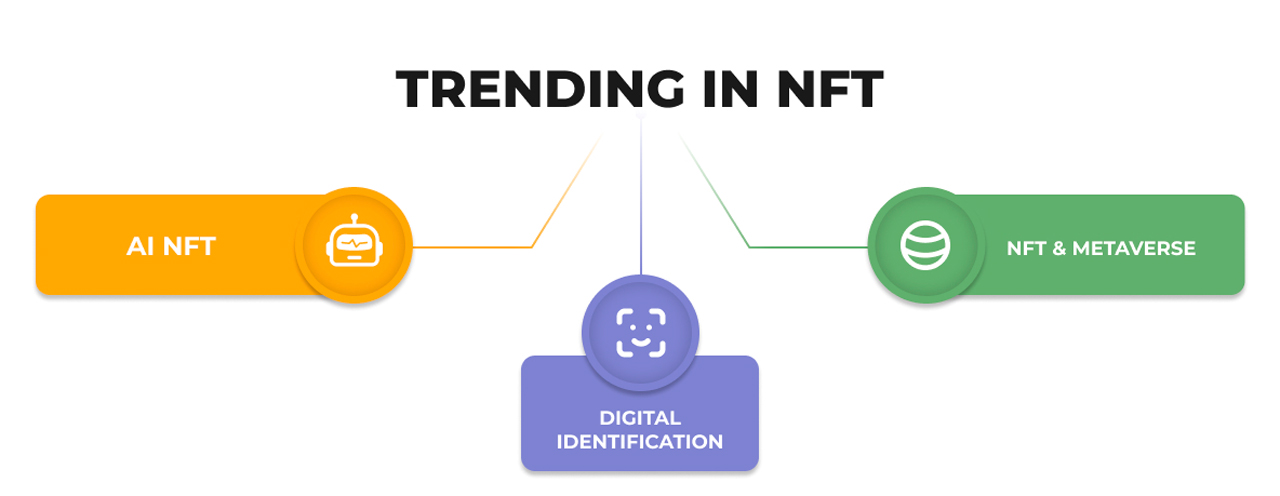
Just as ai in telecommunications is revolutionizing customer service and network optimization, similar AI-driven innovations can significantly enhance player engagement and streamline operations in blockchain gaming, paving the way for more immersive and personalized gaming experiences.
AI NFT
Have you seen some of the mind-blowing Artificial intelligence art (AIA)? It can be converted to NFTs too, and bring quite a profit. The portrait known as “Edmond de Belamy” by AI was sold for an astounding $432,000!
It’s also critical to consider the potential for an increase in the usage of iNFTs. The iNFTs would essentially have the traits of an AI mind or function as a virtual being you can communicate with. There is a potential for incorporating personal assistant features into NFTs.
NFT & Metaverse
The first non-fungible tokens game, CryptoKitties, was the one to bring popularity to NFTs. Soon enough, NFTs were widely used in different spheres for economic reasons. As a result of their growth, non-fungible tokens have become key assets for the metaverse. In the metaverse, they can be used as means of easing the trade of assets with valid ownership proof.
Digital Identification
As the image can function as a type of digital identification, NFTs can offer a practical method for a digital identity representation. Owning non-fungible tokens grants a wide array of perks, including access to close communities. The plans for the deployment of NFTs in use cases involving digital identification are shown by Twitter’s strategies for an NFT verification system as well. Believe it or not, profile picture NFTs (NFT PFPs) have a large-scale potential to play a significant role in the metaverse and web3.
What’s Trending in Metaverse?
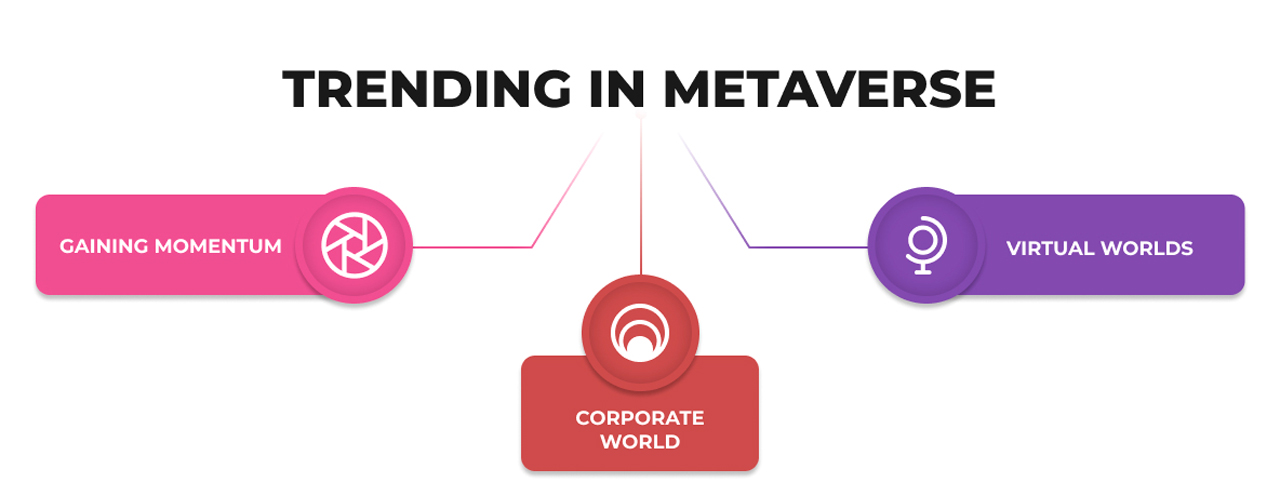
Gaining Momentum
Metaverse is a hot topic in the modern community. It began when Facebook declared a rebranding as Meta with the goal of building the metaverse. In 2021, the company invested $10 billion into the metaverse development, which doesn’t even include all additional costs on related projects. With all the rising attention to the metaverse, Bloomberg predicts it may be worth $800 billion by 2024! The booming popularity of the metaverse gives the potential for greater public awareness of VR gaming too.
Virtual Worlds
A notable mention among the top metaverse blockchain gaming and NFT developments for the future is given to metaverse virtual worlds. They draw 400 million active users every month. These 3D environments can offer captivating experiences with a variety of activities, including gameplay, art making, and various interactions.
For instance, Decentraland, a 3D virtual reality world, sells virtual plots of land. The platform has already gained $2.4 million of crypto on such sales. This case entails a bright future for metaverse virtual worlds.
Virtual worlds are also used for attending events like concerts, weddings, festivals, etc. Ariana Grande performed a show in an online video game, Fortnite, in 2021, gathering around 27 million people. Other artists like Travis Scott, Justin Bieber, and Lil Nas X successfully performed metaverse concerts as well.
Corporate World
Metaverse reached the corporate environment too. Your daily meetings in Zoom, Teams, or Google Meet are a great example of using metaverse in job sectors. Moreover, with metaverse-related augmentation, AR can be extremely useful in enhancing physical settings.
Main Features of Metaverse NFT Games
NFT Metaverse games are a new and exciting category of video games that leverage blockchain technology. They employ play-to-earn mechanics to enable players to win unique and valuable in-game assets. These games offer a wide range of features that distinguish them from traditional ones.
Ownership and Control of Assets
One of the most significant features of NFT Metaverse games is that players fully own and control their in-game assets, represented as non-fungible tokens (NFTs), on the blockchain. Non-fungible tokens are unique, like a painting, while fungible tokens are divisible, like currency (e.g., Bitcoin). NFT Metaverse games, players can buy, sell, trade their non-fungible assets, and even use them across different games and platforms. This feature gives users a sense of true ownership and value, as they can invest time and money into their assets and see their worth.
Cross-Game Interoperability
Another key aspect of NFT Metaverse games is that assets can be used across different games and platforms. This implies that players can take their assets from one game to another and retain their value and ownership. This aspect allows for a more seamless and integrated gaming experience, where gamers can use their assets to unlock new features, participate in unique events, and explore new worlds.
Player-Driven Economy
In NFT Metaverse games, players significantly impact the in-game economy. As users make transactions with their assets, they influence the supply and demand of that stuff, affecting asset value. This feature creates a player-driven economy that is more dynamic and responsive to user behavior. It also opens up new opportunities for players to earn rewards and profit from their in-game activities.
Besides that, transactions give profit to blockchain validators and incentivize them to perform their work. This way players contribute to the blockchain technology development and improvement.
Decentralized Governance
NFT metaverse games are decentralized, meaning that ownership and control of the game and its assets are distributed among its players rather than being controlled by a central authority. Users can make deals with each other directly without the need for intermediaries like game developers or publishers.
Play-to-Earn Mechanics
NFT metaverse games often employ a “play-to-earn” mechanism, which allows players to earn real money by playing games and collecting valuable NFTs. Gamers can sell these NFTs on the open market, creating a new revenue stream and motivating themselves to invest their time and resources in the game.
Trending Metaverse NFT Games
Crypto games are having a blast today! Here are the six NFT metaverse games we recommend trying.
1. Decentraland
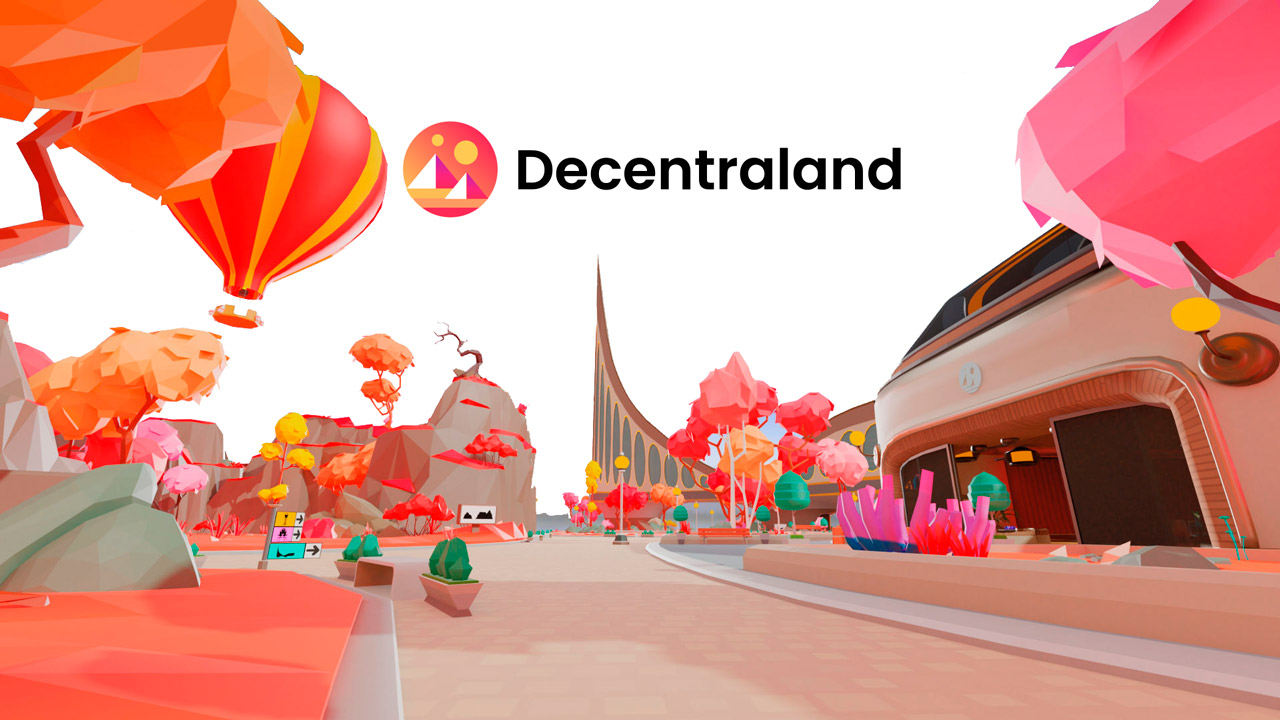
Decentraland is a 3D virtual game with MANA cryptocurrency that uses the Ethereum blockchain. This game allows players to buy and sell land plots as NFTs, manage their virtual real estate, trade assets, play games, and socialize. Decentraland encourages innovative digital ownership ideas and offers gamers access to virtual spaces like museums to display their art masterpieces (in the form of NFTs).
2. Axie Infinity
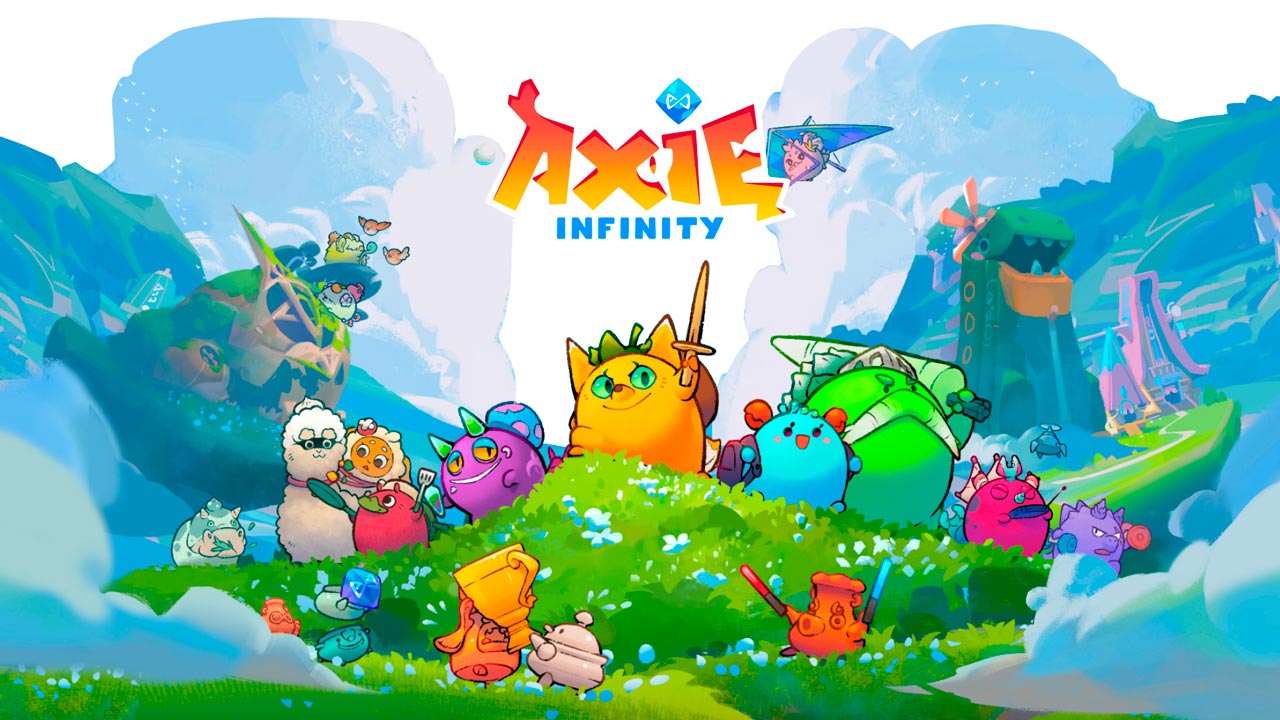
Playing Axie Infinity is like owning a pet. The game features Axies – cute creatures you purchase and use for combat, exploration, and interbreeding. In this game, SLP tokens are earned only by playing and can be later transferred to real cash at an exchange. Like Decentraland, Axie Infinity relies on Ethereum blockchain technology but also uses Ronin, a sidechain, to reduce setbacks regarding transactions.
3. The Sandbox
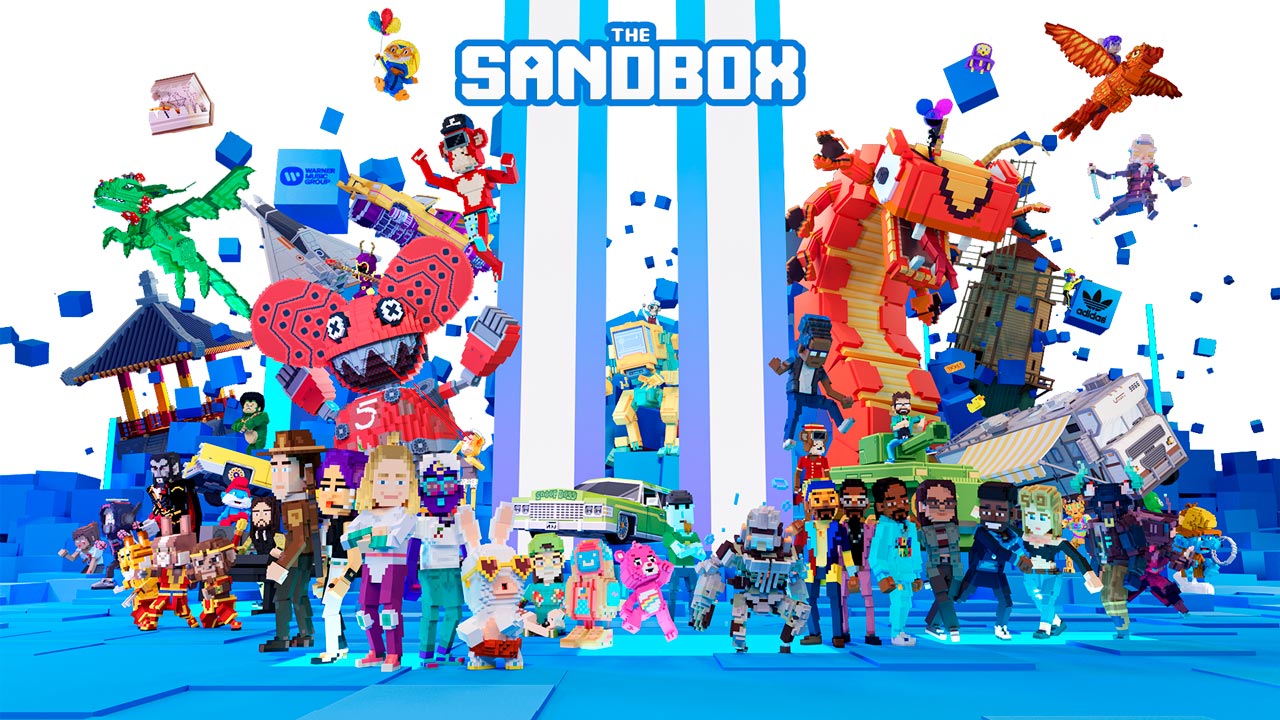
Sandbox is a virtual world with SAND tokens based on Ethereum. It provides extensive experience with its three products – Game Maker, VoxEdit, and marketplace. Anyone can create incredible 3D games for free using Game Maker, with no coding involved. With VoxEdit, players can design and animate 3D models such as people, greenery, vehicles, animals, etc. Users can later publish and trade their creations on the NFT marketplace.
4. My Neighbor Alice
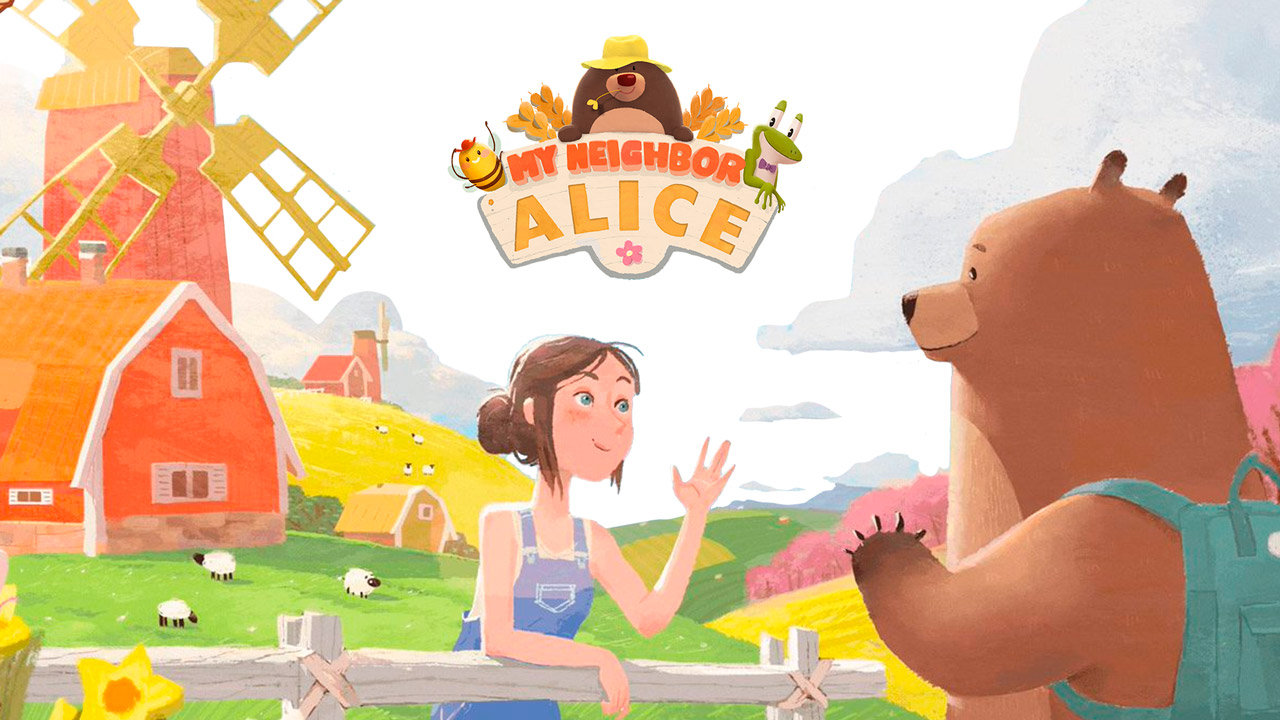
Another popular metaverse game is My Neighbor Alice. In this multiplayer builder game, gamers can purchase digital islands, establish new relationships, and create cool stuff. NFTs serve as the standard representation of all in-game items which users can buy, use, and sell. The utility token ALICE is the system’s heart.
5. Guild of Guardians
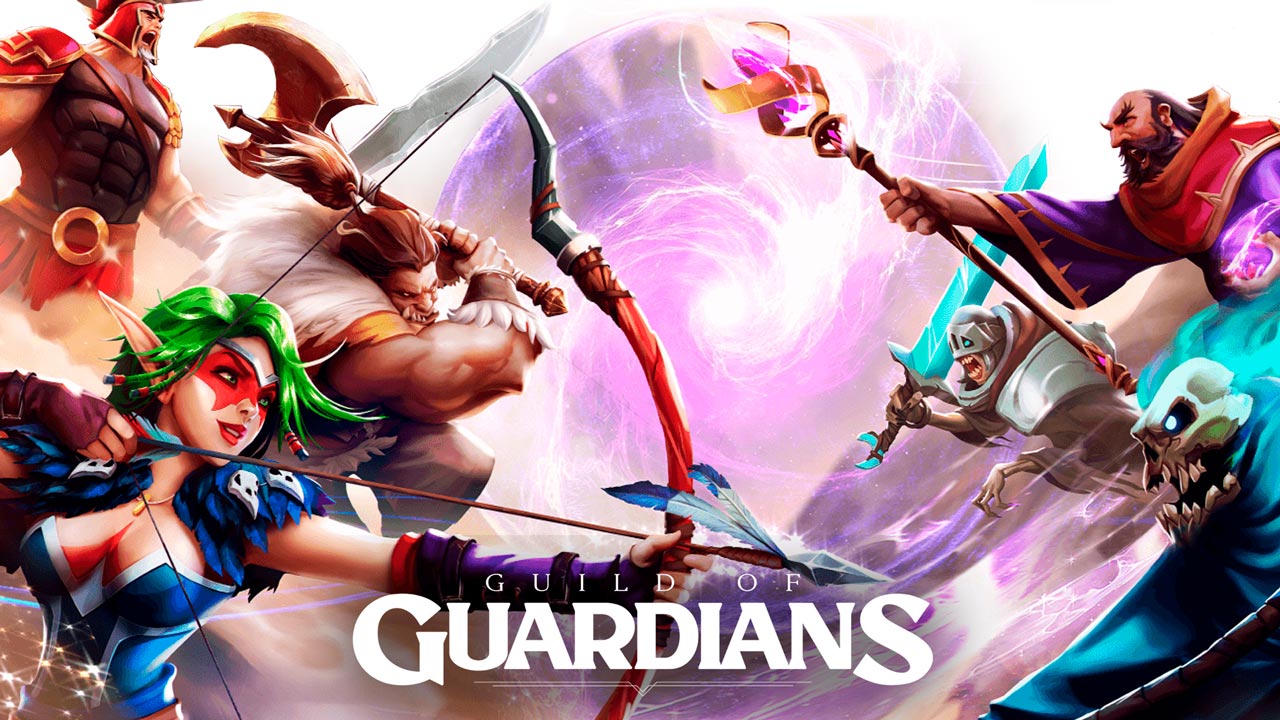
This mobile RPG game built by Stepico and Immutable allows players to assemble their group of Guardians and compete with others for prizes. The ultrafast Immutable X Ethereum layer-two network powers the Guild of Guardians. Players can mint gaming NFTs or buy them on secondary marketplaces as part of the game’s trading feature. The game’s exchangeable tokens are called GOGs.
6. Alien Worlds
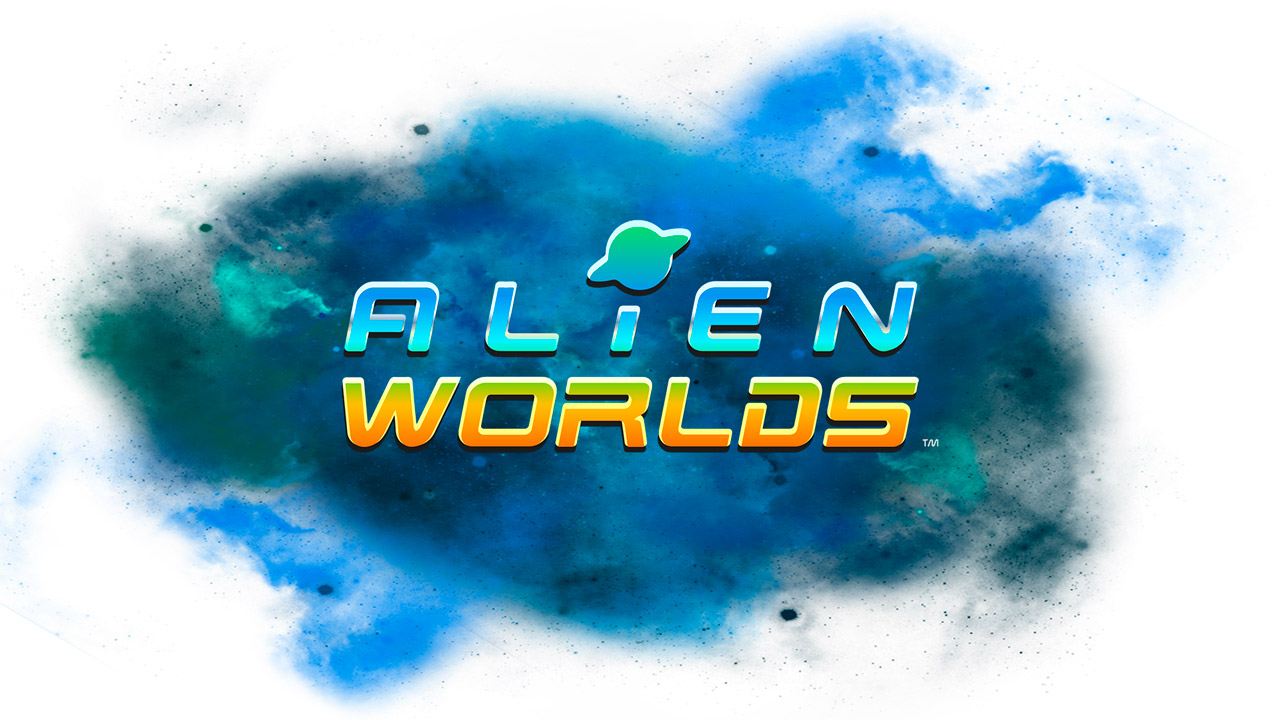
Alien Worlds is based on several blockchains: Binance Smart Chain, Ethereum, and WAX. The basic goal of this sci-fi game is to explore other worlds and mine Trilium (TLM), a multi-chain utility token. You can invest it to participate in the metaverse’s worlds’ leadership. The reward pool will be larger, and everyone will be able to earn more as more people bet their TLM on the planets.
Why Use Blockchain, Metaverse, and NFT for Game Development?
There are numerous benefits to NFT metaverse game development that should be taken into account by game makers. Using blockchain technology, metaverse, and NFTs in your game provides an array of perks.
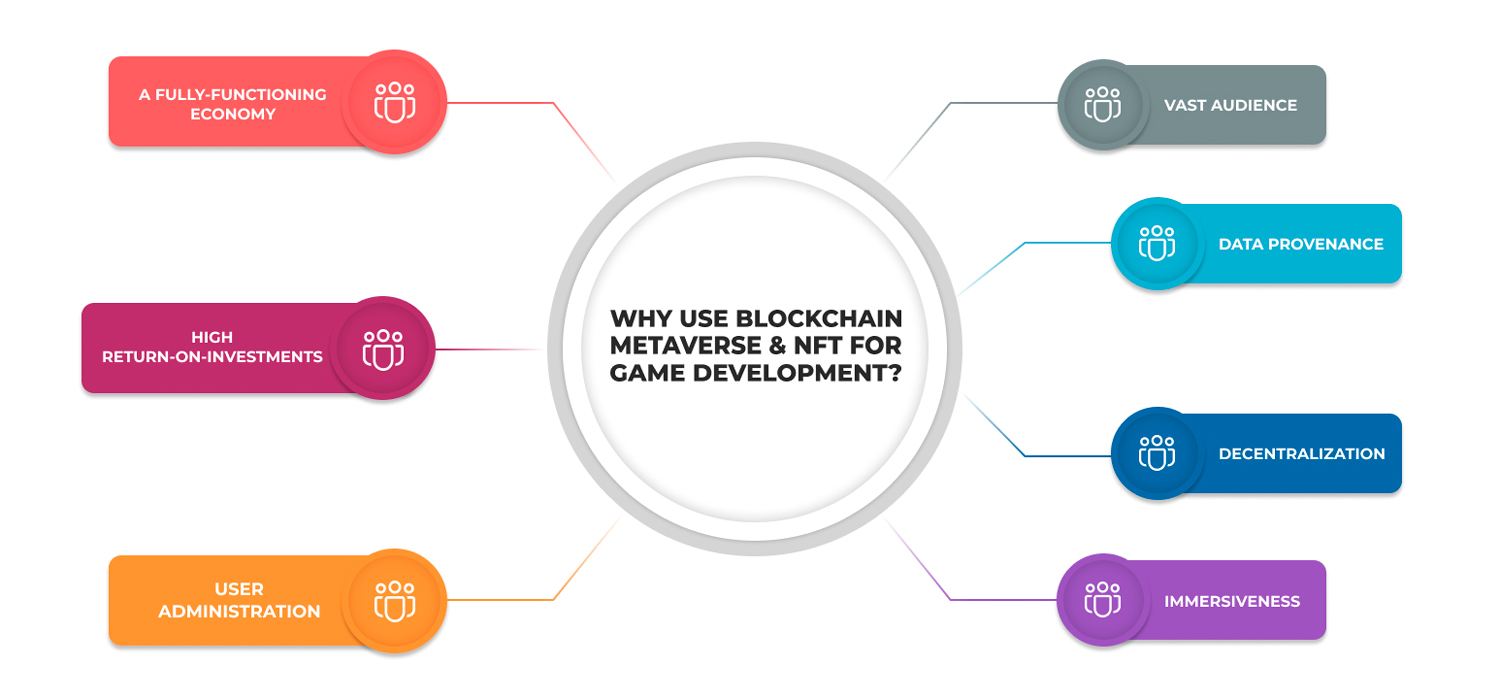
- Vast audience. As mentioned above, NFT metaverse games gather towering amounts of people, offering you a ton of opportunities to grasp their attention with an amazing game.
- Immersiveness. During the COVID-19 outbreak, a lot of people chose games for social interactions. As the pandemic restrictions die down, the need for socializing remains high. NFT metaverse games address this need by providing a secure environment in which players can interact, play, and even contribute to the development of a game. All this hustle increases user engagement with the game’s economy.
- Decentralization. NFT metaverses are usually decentralized. You can prevent data corruption by establishing a trustless environment by decentralizing the control over how assets are handled and who has access to them in your game. Decentralization also helps lessen systemic weak points like the inability to deliver services because of bottlenecks, resource depletion, etc.
- Data provenance. Blockchain uses provenance to keep data tamper-proof. All NFT gaming assets and client data in your game will have documentary proof, which may be used to declare its authenticity in the future if needed.
- User administration. From crypto games, metaverses can develop into complete networks with economies and popularity-based management. In particular, players can influence the direction of the game by using administration tokens and DAOs, which give them the ability to choose updates and modifications.
- A fully-functioning economy. Due to their usage of digital currencies and a blockchain framework, the crypto metaverse economies are interconnected and, therefore, cannot be detached from the physical world. Players can get real money for trading skins, land, and the metaverse’s currency.
- High return-on-investments. Metaverse infrastructure and technology are being heavily invested in. It should be no shock as the metaverse gaming sector is expanding rapidly and paying out substantial return-on-investments. For instance, the current IEO ROI for Axie Infinity, a blockchain-based P2E game, is 81.64x! The number of ROI opportunities will increase as more and more people use the metaverse.
Building Your Game With Blockchain and Metaverse
Developing metaverse NFT games can be an exciting and promising endeavor, but like any technological innovation, it doesn’t go without its drawbacks. You may stumble upon some challenges concerning NFT security, infrastructure scalability, economic incentives, and regulatory issues.
Hence, contacting a vendor with blockchain game development services is a great idea. Stepico is the right choice for you here. We are a game development company with extensive experience in creating impressive games using blockchain technology. One of such games we created together with Immutable is Guild of Guardians, a popular fantasy-action RPG. We can cover all development stages for you, from idea iterations to game art and post-release support. Contact us now to start creating your dream game together!
